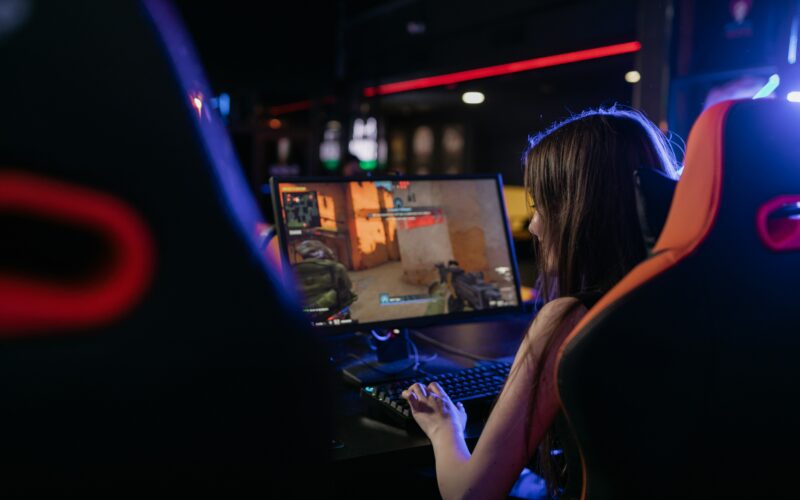There is no doubt that blockchain technology has been revolutionizing the gaming industry for quite some time now. But the potential for this field goes far beyond mere payment systems; it’s exciting to imagine what it will be like to have a decentralized, non-manipulable world where we can build an economy with all of our favorite games.
The leading crypto-dedicated gaming consultancies, discuss not only what’s happening within the blockchain gaming ecosystem but also its future trends – particularly those that will be impactful in the next few years. After all, it is based on this research and analysis which will separate successful players from those who aren’t quite there yet.
Let’s take a look at some of these upcoming trends:
1. Decentralization
Decentralization is the most important trend in blockchain gaming right now and one that we can confidently say will continue to be dominant in the next two or three years. The biggest reason why—at least for our company—is the ability to create an actual rule-based economy which is governed by the laws of supply and demand. Gamers look forward at a new gaming experience which allows them to not only play but also impact their game’s world.
However, there is still much work to be done in order to achieve true decentralization. As it stands, in order for the game to truly function on a decentralized network there must be a change of ownership of the network. The reason behind this is that as long as the ownership remains centralized, internal rules and regulations can cause the current game to be manipulated by those who are playing it.
In order to truly achieve true decentralization, the system must be programmable. This is why Ethereum has been so impactful in gaming as it can allow for seamless customization of the game’s code. Which means that if a developer wants to make their game more decentralized (such as implementing a swap system), it can easily be done without having to change any of the underlying game logic—something which could very well have happened if they had to re-build their entire game from scratch.
2. The End of Crypto-kitties and the Rise of More Meaningful Games
Crypto-kitties—like Crypto-allstars and other collectibles—are often seen as a game which is not quite as impactful when compared to others, but still highly popular due to its attractive visuals. However, as we can see with Crypto Kitties, this type of game will soon lose its charm once the value starts decreasing.
Just like collectible card games (which are actually being developed for the purpose of crypto-kitties), other blockchain games will be able to form an economy which allows them to help unlock a deeper meaning in gaming. For example, some games have already tried to make the most of their game’s economy by giving a percentage of the revenue earned from in-game application fees to a charity of their choice. This not only benefits those who are playing but also allows for a more transparent ecosystem where gamers can actually see what their purchase is going towards.
3. The Future of eSports
ESports has been described as the “pinnacle of online” video gaming, and there is no denying that it is very popular—and likely will become even more so in the future. Keep in mind that if the average gamers aren’t already familiar with blockchain, they will soon be when they see the potential for a decentralized eSports ecosystem. So, what does the future hold for this growing industry?
The global eSports market is expected to reach $1.79 billion by 2022, which is up from $696 million in 2017, according to a report by Newzoo. This growth is being driven by a number of factors, such as an increase in investment, the rise of online streaming platforms, and the growing popularity of mobile gaming.
One of the most important trends that will shape the future of eSports is the increasing involvement of traditional sports organizations. For example, the NBA has launched its own official eSports league, and other established sports leagues are sure to follow suit. This will help to legitimize eSports in the eyes of the mainstream and attract even more investment.
Another major trend is the increasing use of artificial intelligence (AI) in eSports. This is already being used to create training programs for professional gamers and to help analyze match data. In the future, AI could be used to create digital coaches that provide real-time feedback to players, as well as to create virtual reality (VR) environments for training and practice.
The future of eSports looks very bright, with strong growth expected in the coming years. Traditional sports organizations are becoming involved, and new technologies are being used to enhance the experience. It will be interesting to see how the industry develops and what the future holds for professional gamers.
Conclusion
With so many exciting projects waiting to be realized, it is quite convincing that the future of blockchain gaming is actually very bright. We’re still in the early days of the industry, and it’s hard to predict exactly how it will develop. However, one thing is certain: blockchain gaming is here to stay, and it has the potential to revolutionize the gaming industry.








